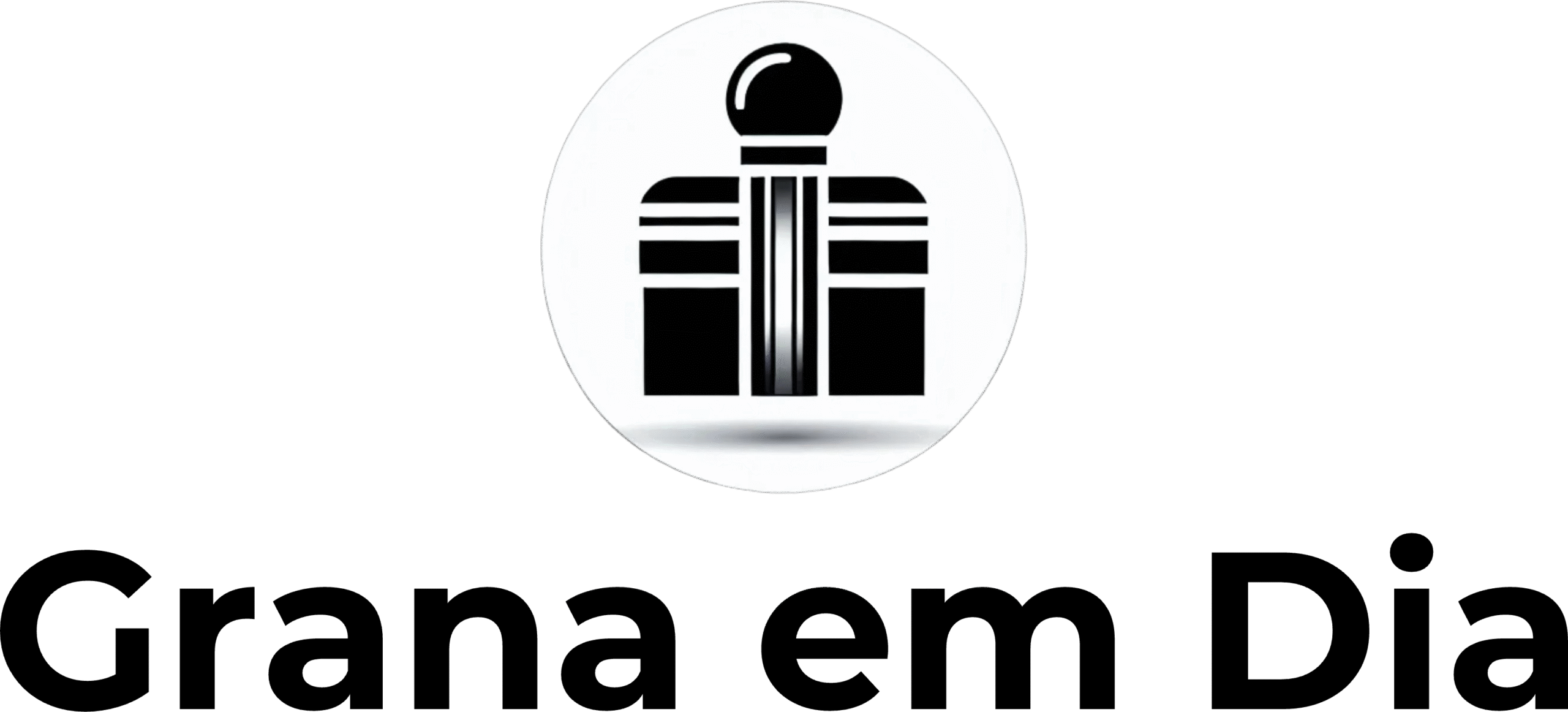Have you ever wondered why banks consistently report billions in profits while you struggle to pay off your debts? The answer lies in financial strategies they prefer to keep secret. In this article, you’ll discover the tactics financial institutions use to maximize their profits at your expense and, more importantly, how to use this knowledge to your advantage.
How Banks Really Make Money from You
The Banking Spread: Your Loss, Their Gain
The banking spread is the difference between what banks pay for your deposits and what they charge for loans. In the US, this difference can reach 10-15% annually. This means while your savings account earns a measly 2% per year, the bank lends your money at 15-17%.
Practical example:
- You deposit $10,000 in savings (earns 2% = $200/year)
- The bank lends that $10,000 at 15% (profits $1,500/year)
- Bank’s net profit: $1,300 with YOUR money
Hidden Fees That Drain Your Account
Banks create dozens of seemingly small fees that, when added up, represent a fortune:
- Monthly maintenance fees
- Credit card annual fees
- ATM withdrawal fees
- Wire transfer fees
- Overdraft fees
- Account analysis fees
The average American family pays between $500 to $1,800 per year just in banking fees.
The Negotiation Secrets They Don’t Advertise
Everything Is Negotiable (But They Don’t Tell You That)
Here’s the big secret: virtually all banking fees and interest rates are negotiable. Banks have enormous profit margins and would rather make a deal than lose a customer.
What you can negotiate:
- Credit card annual fees
- Overdraft fees and interest rates
- Credit limits
- Maintenance fees
- Loan interest rates
The “Special Customer” Strategy
Banks classify customers into categories. The higher your financial activity, the better the conditions offered. But there’s a way to “hack” this system:
- Concentrate your activity: Use one primary bank for salary, expenses, and investments
- Negotiate in bundles: Ask for discounts for using multiple products
- Threaten to leave: Customer retention has power to offer special conditions
- Use competition: Always mention offers from other banks
How Compound Interest Works Against You
The Credit Card Revolving Trap
Credit card revolving debt is one of the biggest financial traps. With interest rates that can exceed 25% annually, a $1,000 debt can become $3,000 in just 36 months.
Scary simulation:
- Initial debt: $1,000
- Interest rate: 22% annually
- After 36 months with minimum payments: $2,847
- Total interest paid: $1,847
The “Minimum Payment” Deception
Paying only the minimum payment is exactly what banks want. This ensures you remain in debt for years, paying mainly interest.
Strategies to Turn the Game in Your Favor
1. The Multiple Banks Rule
Don’t be hostage to a single institution. Have accounts at least 2-3 different banks:
- Primary bank: For salary and main transactions
- Online bank: For fee savings
- Credit union: For lower loan rates
2. The Power of Switching
Use the threat of switching banks as a negotiation weapon. Banks offer special conditions to attract customers from competitors.
3. Investments Banks Don’t Promote
Banks profit more by selling their own products, so they don’t advertise better options:
Instead of low-yield savings:
- High-yield savings accounts (online banks)
- Money market accounts
- Short-term CDs with better rates
For moderate risk profile:
- Index funds with low fees
- Treasury I-Bonds (inflation protection)
- Target-date funds
4. The Prepayment Technique
Whenever possible, make extra payments on loans. Banks calculate compound interest, so each month prepaid represents exponential savings.
Banking Products You Should Avoid
Whole Life Insurance: The “Investment” That Doesn’t Invest
Whole life insurance is presented as an investment, but it’s actually a low-return savings account with high fees. Term life insurance plus separate investing beats whole life every time.
Bank Investment Products
Banks push expensive investment products with high fees and low returns. Index funds from companies like Vanguard or Fidelity typically outperform bank investments.
Bank Credit Cards with Annual Fees
Unless you’re getting significant rewards, avoid credit cards with annual fees. Many no-fee cards offer better benefits than fee-based bank cards.
How to Get Out of Debt Using Banks’ Own Weapons
The Assertive Renegotiation Strategy
- Map all your debts
- Calculate your real payment capacity
- Approach the bank with a concrete proposal
- Use the “amicable solution” argument
- Negotiate cash payment discounts
Banks prefer to receive 60% of the debt immediately rather than risk receiving nothing.
The Power of Debt Consolidation
If you have multiple high-interest debts, consolidation loans at lower rates can save thousands in interest payments.
Free Tools to Monitor and Compare
Credit Karma and Similar Services
Free tools that show:
- Your credit score and factors affecting it
- All your credit accounts and balances
- Suspicious activities on your credit report
Bank Rate Comparison Sites
Use sites like Bankrate and NerdWallet to:
- Compare savings account rates
- Find the best loan terms
- Calculate loan payments and savings
Conclusion: Take Control of Your Financial Life
The secret banks don’t want you to know is simple: they depend more on you than you depend on them. With knowledge and strategy, you can transform this unequal relationship into a more balanced partnership.
Remember: every dollar saved on unnecessary fees is a dollar that can be invested in your future. Don’t allow banks to build their wealth with your money while you remain in debt.
Start today: Choose one of the mentioned strategies and put it into practice. Your financial independence will thank you.
